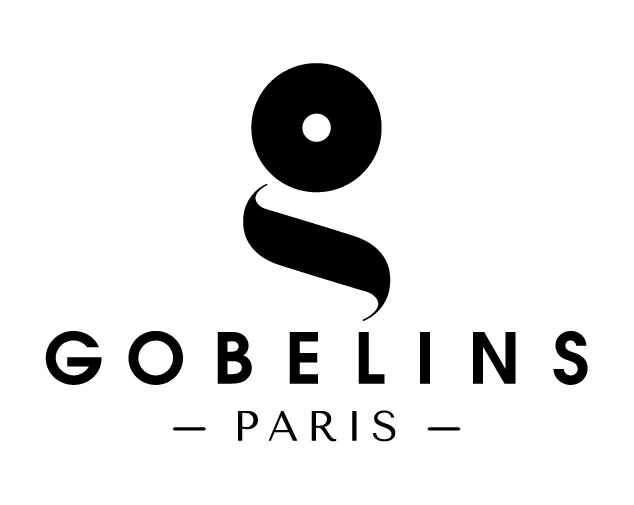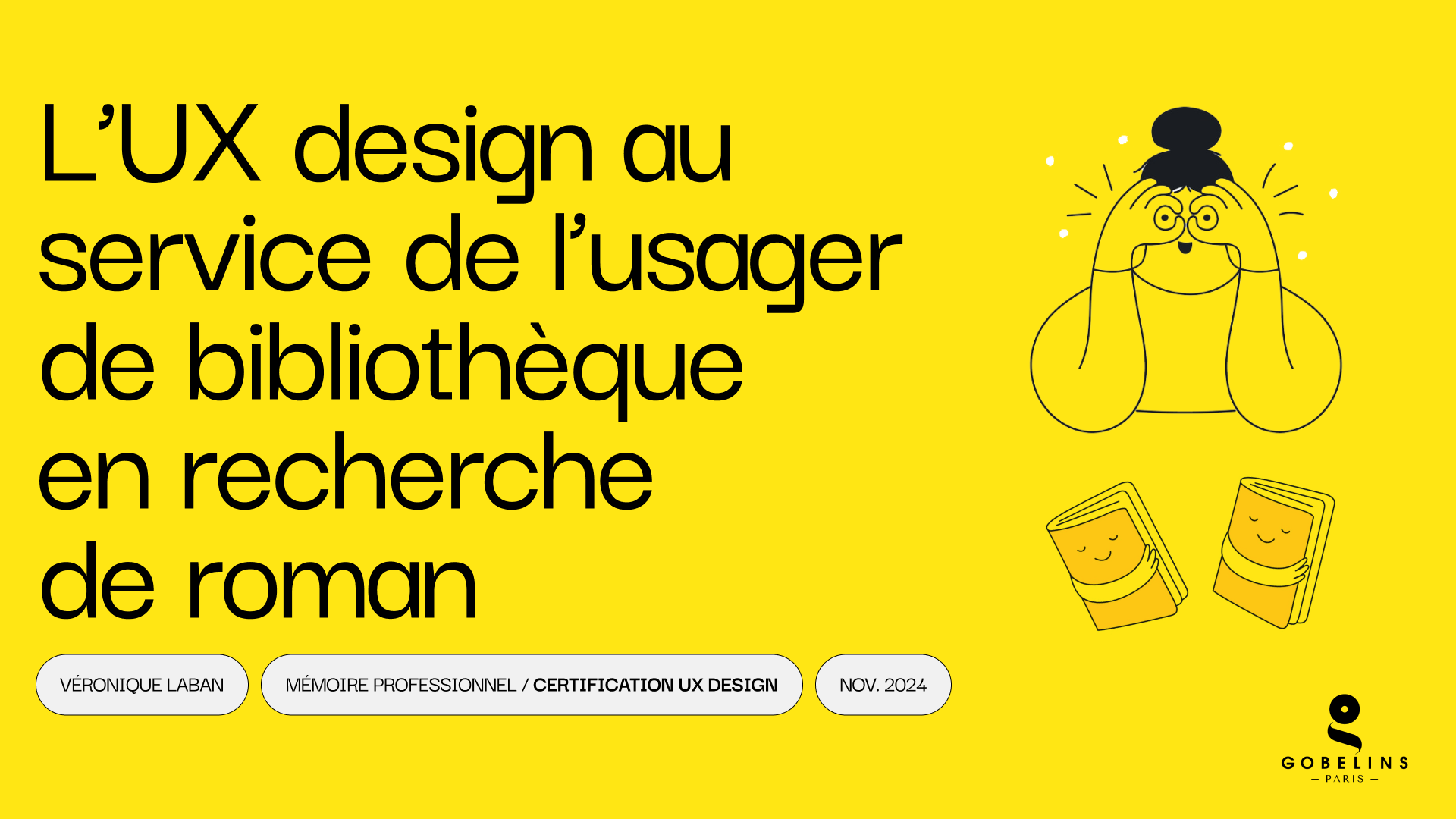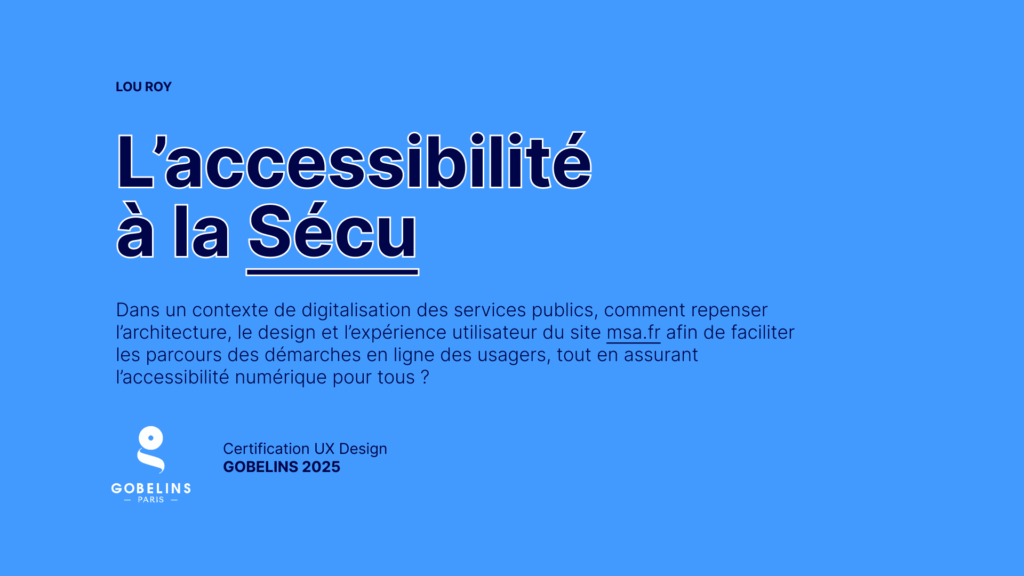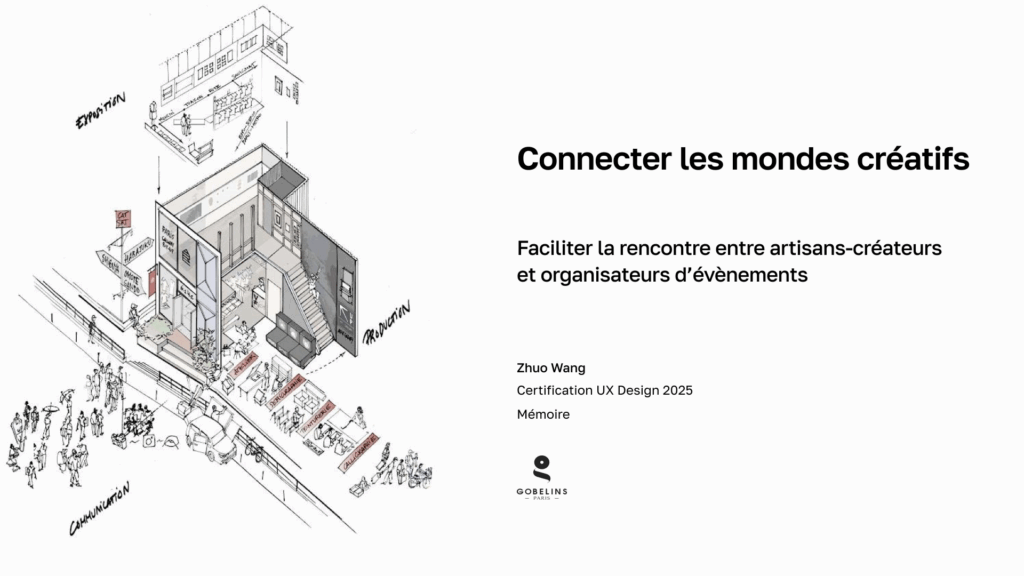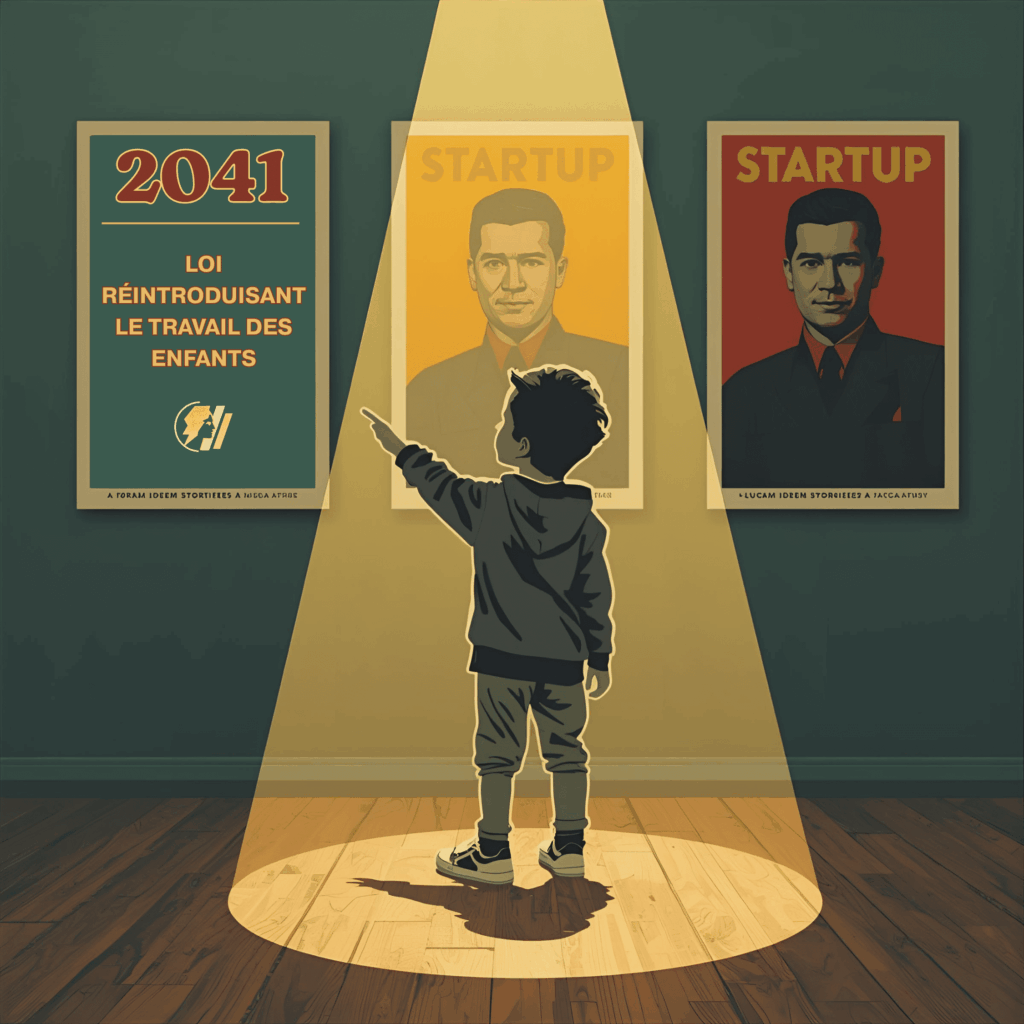Quelle expérience engageante et stimulante permettrait à un usager de bibliothèque d’identifier et choisir les romans qui correspondent à ses envies parmi l’offre volumineuse et non catégorisée des documents de littérature ?
Voici la problématique qui a été le moteur du travail effectué pour ce mémoire.
Les bibliothèques sont les acteurs essentiels de la politique de lecture publique qui vise à garantir un accès à la culture à tous et en particulier à favoriser la lecture.
La médiathèque de Noisy-le-Grand en est un bon exemple et sera le contexte de
mes recherches.
Les français se disent lecteurs et ont le désir de lire plus, mais ils sont en demande d’une offre adaptée. L’étude d’usagers révèlera trois types de comportement en bibliothèque et des points à améliorer quant au choix du roman qui doit répondre à des motivations intrinsèques souvent floues et subjectives.
La solution propose la création du Bar à romans, un espace aménagé dans la bibliothèque pour encourager la découverte intuitive et ludique de nouveaux ouvrages. Cet espace est complété par une application mobile, qui peut être utilisée indépendamment ou en lien avec l’espace physique. Un des axes de réponse repose sur la segmentation de l’offre de romans en thématiques répondant aux envies
des lecteurs.
Deux séries de tests utilisateurs montrent un accueil favorable à l’idée du lieu et à l’application et ont pu affiner la proposition.
Bien que la réflexion se soit concentrée sur le choix de romans, l’étape suivante consisterait à envisager un réaménagement plus global de la médiathèque pour répondre aux divers comportements identifiés, en intégrant des solutions pour d’autres types de documents.
What engaging and stimulating experience would enable library users to identify and choose the novels they want from among the voluminous and uncategorised literature on offer? These are the issues that drove the work on this dissertation.
Libraries are key players in the public reading policy, which aims to guarantee access to culture for all, and in particular to encourage reading. The Noisy-le-Grand multimedia library is a good example of this and will be the context for the research.
The French say they are readers and want to read more, but they are looking for a suitable offer. The user study will reveal three types of behaviour in libraries and points to be improved in terms of the choice of novel, which must respond to intrinsic motivations that are often vague and subjective.
The solution involves the creation of the Novel Bar, a space set up in the library to encourage the intuitive and fun discovery of new books. This space is complemented by a mobile application, which can be used independently or in conjunction with the physical space. One of the ways in which this is being achieved is by segmenting the range of novels on offer into themes that respond to readers’ desires.
Two series of user tests have shown that the idea of the space and the application have been well received, enabling us to refine the proposal.
Although the focus has been on the choice of novels, the next step would be to consider a more comprehensive reorganisation of the media library to meet the various needs identified, incorporating solutions for other types of document.
